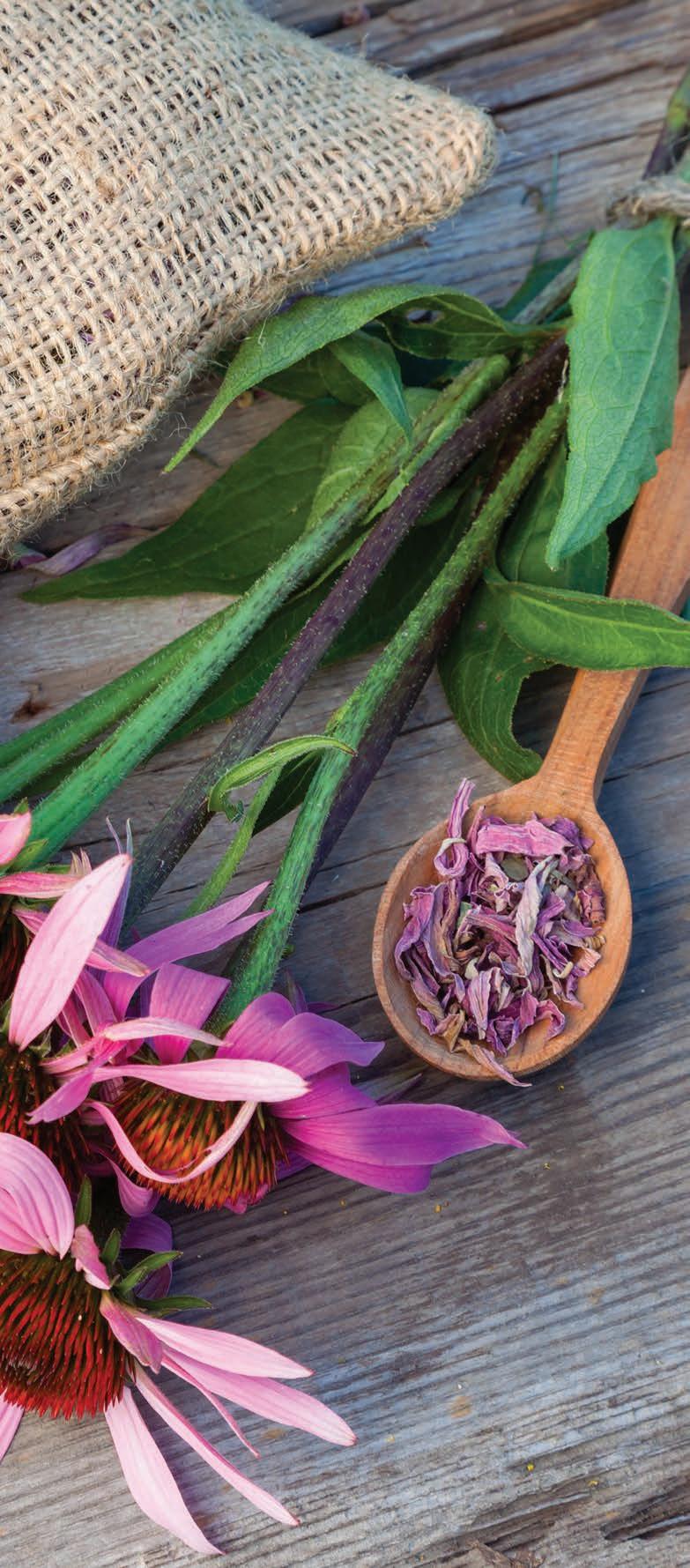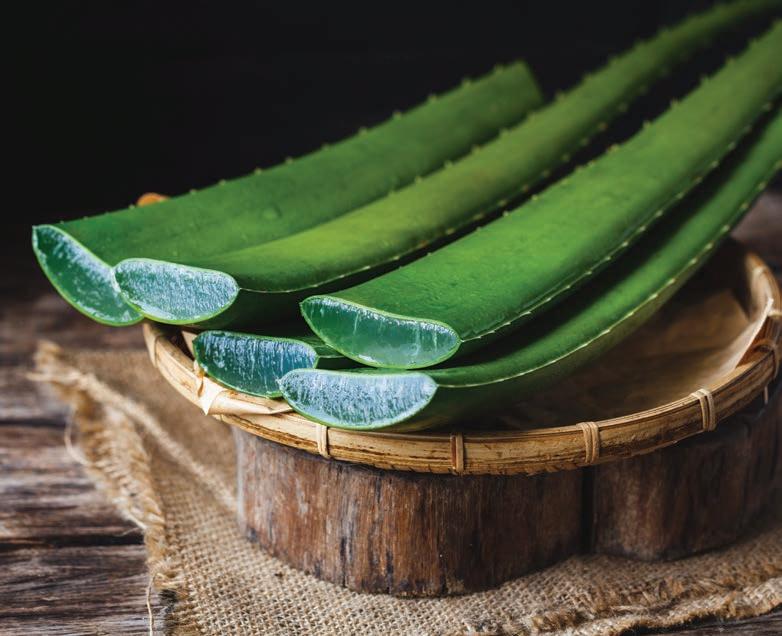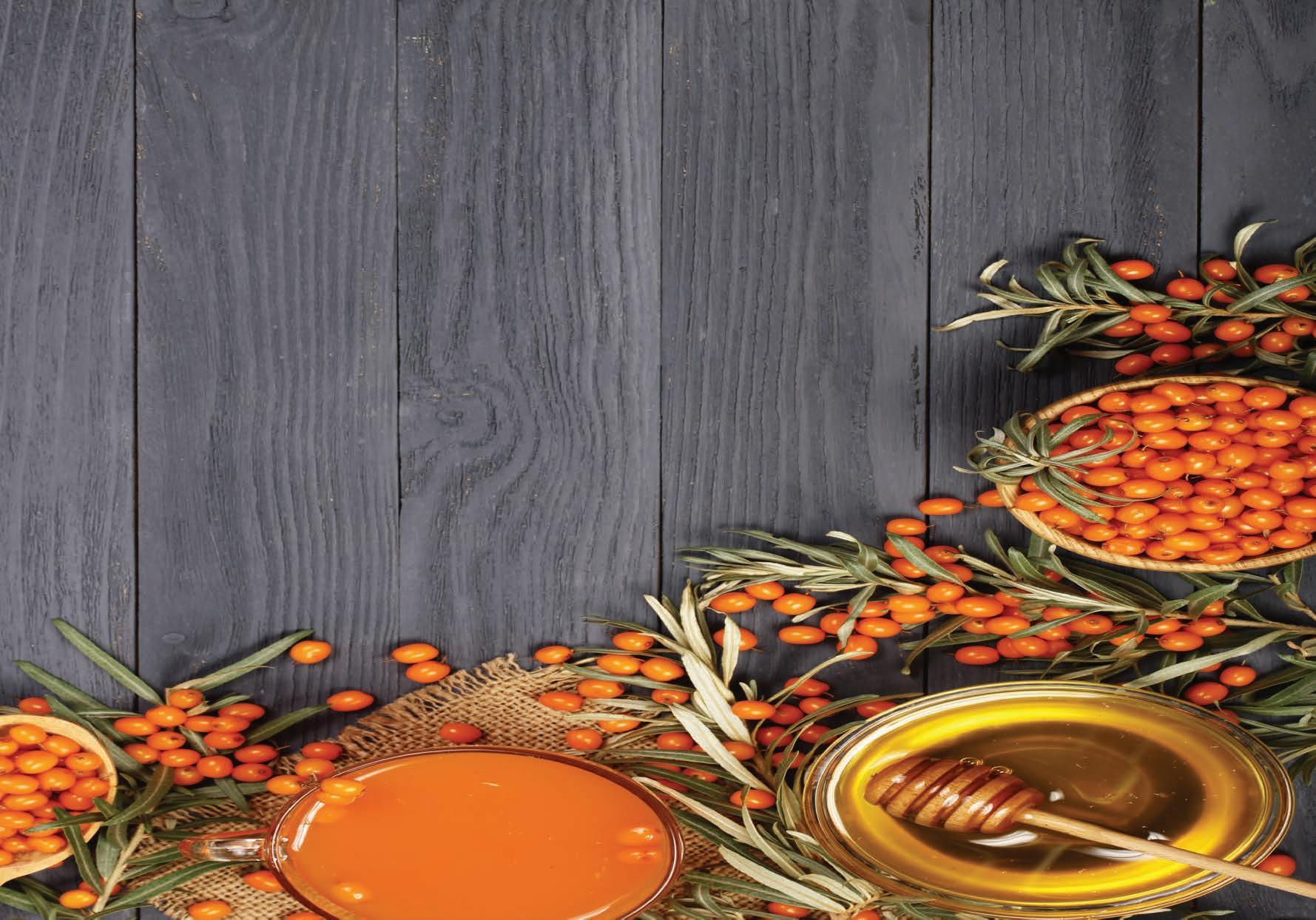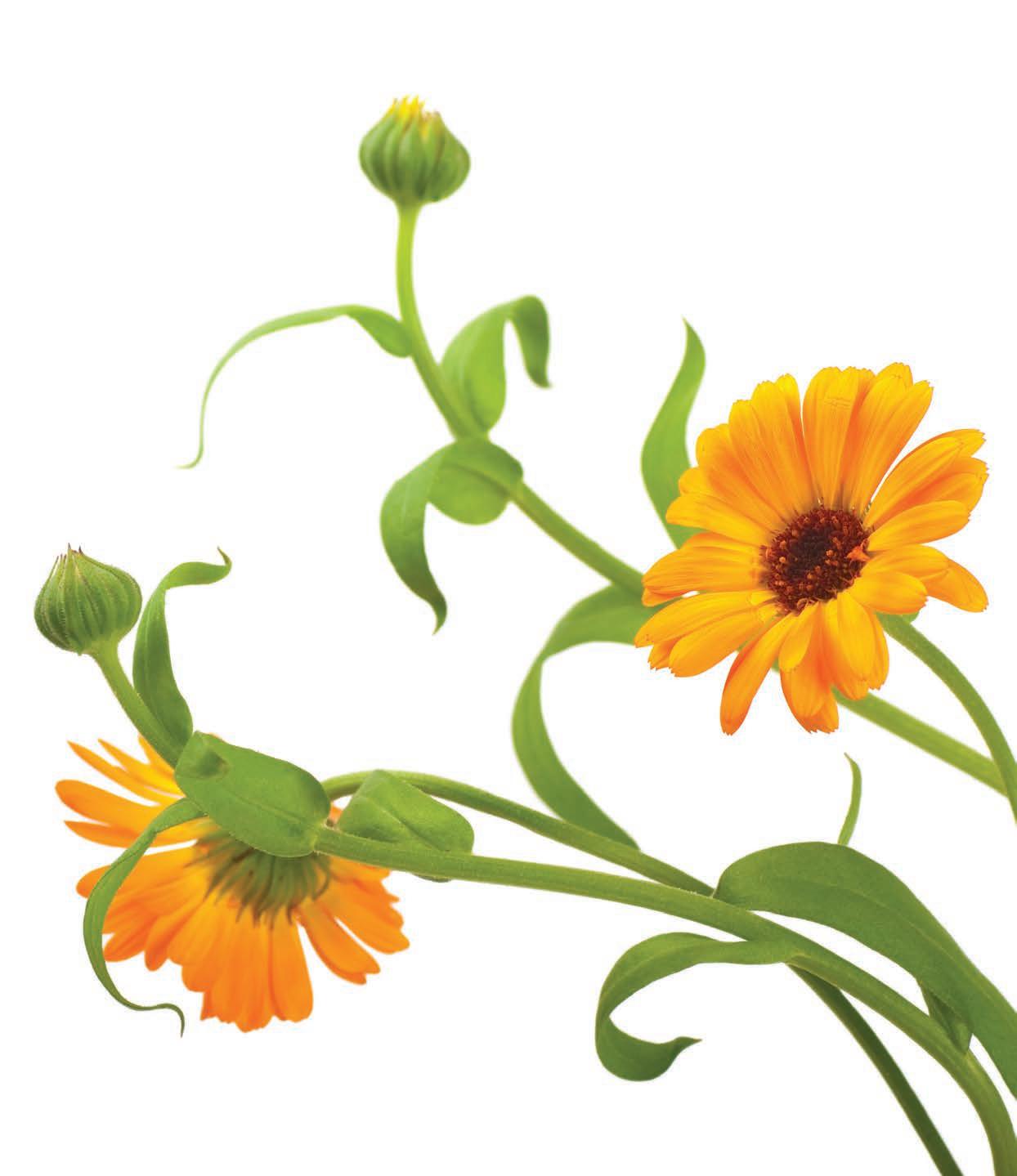
8 minute read
Boost your immune system
Seven Herbs for the Immune System
Boost Your Immune System
Advertisement
Whether or not we are healthy really comes down to just how effective our immune system is, meaning how capable we are of preventing negative things from entering our inner core, even our life in general. Let us learn to protect ourselves with a little help from nature.
mong commonly grown herbs and vegetables we can find a variety of treasures which are worth eating throughout the entire year, and not only when we’re sick. A
Always follow the seasons – eat what is currently available at local producers. You can buy many citrus fruits from large commercial plantations during winter, but they are usually of low quality and have likely been treated with synthetic products.
Instead, try to focus on crops which can be stored for a longer time, or pickled. Fermented vegetables, garlic, onion, horseradish and other ingredients that can be stored in the pantry or a cold cellar are all great choices. The quality of said foods is also very important. If you buy vegetables grown the usual way, treated with synthetic fertilizers and sprays, oftentimes harvested and stored inappropriately, they will have a completely different vitamin and mineral content than vegetables which you have grown yourself or bought from local farmers who grow their crops ecologically. These vegetables are harvested at the right time, meaning they go through a natural process, thanks to which they can form in themselves the materials we need to boost our immunity. If you’re not against uncommon plants, try ginger, which you can easily grow in a pot in your window. So what are the plants that play a major role in strengthening our immune systems?
Tip: FLU TINCTURE Bottle 100 g / 3.5 oz roots, 113 g / 4 oz blooms or 125g / 4.5 oz leaves into a clean preserving bottle with 500 ml / 17 Fl oz clean, 60% alcohol. Infuse at room temperature for about a week and give it an occasional shake. Decant and filter on the 8th day into small sealable glasses and seal them tightly. Use one spoonful for prevention in the morning, on an empty stomach. Should there be a flu epidemic in the area, use one in the evening as well. If we fall ill, use 1 spoonful every three hours on the first day of illness, and 3 spoonfuls a day along with garlic until we feel good again.

Purple coneflower (Echinacea purpurea)
It is one of the best-known and strongest immune system stimulants. This plant can also put white blood cells (lymphocytes) into order. They are then capable of absorbing the cause of infection directly into the body and create antigens at the same time. Many tests have also shown that a half-year or yearlong concentrated cure with purple coneflower can boost the immune system much more than medicine designed for this purpose. If you’re already sick, it is advisable to start using the coneflower right away. Do so from the beginning of the illness until its ending, and then stop using coneflower. It is one of the few plants that has a strong antibiotic effect. It works not only against bacteria, but against viruses as well. It can preventatively protect the body from the cold and infections of the sinus and bronchus, and even treats them. It also has the same effect in chronic bladder infections, female genital issues, prostate problems and lymph node inflammations.
Healthy Aloe (Aloe vera)
Aloe juice or gel can be used both externally and internally. On the outside it can help us deal with burns, frostbite, rashes or incessant itching, while on the inside it can perfectly cleanse the body of toxins and poison. Thanks to that, the organism is then more resistant to attacks from the outside. Aloe also has powerful antibacterial, antiviral and anti-yeast effects. It adjusts digestion and gut bacteria, and thanks to that, it is considered a very effective immune-boosting herb.
Tip: ALOE VERA SYRUP Mix 100 g / 3.5 oz aloe leaf gel in a blender. Cook the juice with 100 g / 3.5 oz over mild heat for about then minutes, while giving it the occasional stir. Then pour it into a glass and keep it in a cold spot. The product should then last for about three months. Have half a spoonful of the syrup mixed with water every morning to stimulate the organism.
Rose hip (Fructus cynosbati)
Scientists and experts consider rose hip a complete equal to its counterparts in the pharmacy when it comes to treating flu and colds; its effectiveness has been even proven in independent clinical studies. It is thus completely pointless to buy these preparations in the pharmacy when help is so close. Rose hip grows on every corner, and every herbal or health food store has it at the ready. Rose hip contains a large volume of vitamin C, calcium and rutin, which is an almost magical combination for paradentosis. Vitamin C supports the immune system and protects the body from infection as well.

Tip: ROSE HIP MARMALADE Halve the hard, fresh rose hips and rid them of hairs. Cook them in a bit of water and then mix them. Then add 1 kg / 35 oz rose hip mix, 400 g / 14 oz sugar and cook for three minutes while constantly stirring the mixture. When you’re done, bottle and sterilize it in 80 °C / 176 °F. Spread the marmalade on bread or use it in the making of rose hip sauce.


Common Sea Buckthorn (Hippophae rhamnoides)
This is a vitamin C packed superfood. Even clinical tests have shown that its fruits, juice and extract affect not only the functioning of the stomach, pancreas and duodenum, but also blood formation, and even have antimicrobial capabilities. The oil has strong regenerating properties – it cures wounds and supports digestive fluid secretion. It is universal medicine which can serve both as amazing prevention and brilliant treatment. Buckthorn fruits contain a large amount of C, B, A, D and K vitamins. It also contains the highest volume of vitamin E of all plants. It even equals carrot in carotene volume, which stimulates the formation of vitamin A synthesis.

Tip: COLD BUCKTHORN JUICE Add 1 l / 34 Fl oz water to 1 l / 34 Fl oz ground fruits and infuse for 24 hours. After decanting the mix for a final liter / 34 Fl oz, add 1 kg / 35 oz of sugar and heat the mixture to 30-40 °C / 86-104 °F to make the sugar (or, even better, honey) melt faster. Bottle it while still warm.
Common Nettle (Urtica dioica)
Nasturtium (Tropaeolum)
Remember this article when you finish it, because you will be rushing out to meet the first spring sunrays to pick as much nettle as you can. There is no better herb for a complete cleansing of the organism. Nettle cleans the blood and rids the body of destructive materials. Thanks to this complex process it can “clean” us so well that the immune system will kick back into action and function the way it is supposed to. Nettles also contain a high number of minerals – calcium, potassium, silicone and iron. It also contains the C and B vitamins.
Tip: NETTLE SPINACH Pick young nettle tops, about 5 cm / 2 inches from the very top. Set a large amount of salted water to boil. Once it does so, add the nettles and let them steam for a short time. Then decant them and let them dry out naturally before grinding or gently cutting them up. Chop up some onion as well and add it to a bit of lard along with the nettles. Mix three washed cloves of garlic into the mix and add salt and pepper according to preference. Finally, add and mix two eggs in.
Rich in vitamins and minerals, nasturtium is also well-known for its antibiotic capabilities. It destroys streptococci, staphylococci and salmonella. It has also been said that it can effectively combat even the golden staphylococcus.
Tip: TEA Pour hot water over 1 spoonful of cut dried leaves or 2 spoonfuls of them if they are fresh. Infuse for about ten minutes and then decant. In times of illness it is advisable to use it three times a day; other times use it once a day for prevention.
Gingko (Gingko biloba)
It is a well-known healing plant across the world. However, it has been acommon and traditional form of Chinese medicine for millennia. Gingko supports the immune system and is a strong antioxidant and stimulates blood circulation. It even helps in Alzheimer’s disease, tinnitus or bad hearing. In some cases, it can even function as a natural antidepressant.
Tip: TINCTURE Pour 3 dl / 10 Fl oz 60% alcohol over two spoonfuls of gingko. Infuse the mix for two weeks in a warm place. Shake it daily. Decant after this time and pour it into a dark glass. 10 drops are to be used three times a day, ideally into 2 dl / 7 Fl oz cup of green tea to enhance the effect.












